
At the beginning of this year, a new Hollywood action movie "Assassin's Creed", based on the Assassin's Creed series of mega-popular computer games, appeared on the wide Russian screen. However, now it is not about the artistic merit of this work, especially since, to put it mildly, they are rather controversial. In the center of the film, the activities of the brotherhood of assassins - the secret organization of cold-blooded spies and murderers who fight the Spanish Inquisition and the Templars.
It seems that the western world, having filled with the Far Eastern martial arts, found a new toy for itself, and now the mysterious ninjas have replaced even more mysterious assassins. Moreover, on the Internet, you can even find a description of the special assassin military equipment, which, of course, never really existed. The image of an assassin that has emerged today in popular culture has nothing to do with real history. Moreover, it is absolutely crazy and does not correspond to the truth.
So, how does modern popular culture portray assassins? At the time of the Crusades in the Middle East, there was a secret sect of sophisticated and skilled assassins who easily sent to the world of a different kings, caliphs, princes and dukes. These "Middle Eastern Ninjas" were led by one Hasan ibn Sabbah, better known as the Old Man from the Mountain or the Mountain Elder. With his residence he made the impregnable fortress of Alamut.
For the training of fighters, Ibn Sabbah used the latest psychological methods, including the effects of drugs. If the Starets needed to send someone to the other world, he would take a young man from the community, stuff him with hashish, and then transfer the intoxicated garden to a marvelous garden. There, a variety of pleasures awaited the chosen one, including the beautiful gurias, and he thought that he really got into paradise. After returning back, the man did not find a place for himself and was ready to carry out any task of his superiors in order to be in a wonderful place again.
The old man from Gory sent out his agents throughout the Middle East and Europe, where they mercilessly destroyed the enemies of their teacher. The caliphs and kings trembled, for they knew that it was pointless to hide from murderers. Assassins were afraid of everything, from Germany to China. And then the Mongols came to the region, Alamut was taken, and the sect was completely destroyed.
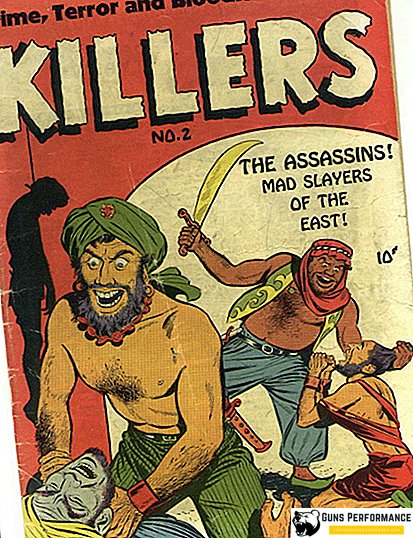
These bikes are replicated in Europe for many hundreds of years, over the years they only become overgrown with new details. Many famous European historians, politicians and travelers had a hand in creating the legend of the assassins. For example, the myth of the Garden of Eden launched the notorious Marco Polo.
Who were the assassins? What was this secret society? Why did it arise, and what tasks did it set for itself? Was every assassin such an invincible fighter?
Story
To understand who the assassins are, you need to immerse yourself in the history of the Muslim world and go back to the Middle East during the birth of this religion.
After the death of the Prophet Muhammad a split occurred in the Islamic world (the first of many). The Muslim community was divided into two large groups: Sunni and Shiite. Moreover, the apple of contention was not religious dogma, but a banal struggle for power. The Sunnis believed that the chosen caliphs should lead the Muslim community, and the Shiites believed that the power should be transferred only to the direct descendants of the prophet. However, there was no unity. Which of the descendants is worthy of leading Muslims? This question led to a further split in Islam. This is how the Ismaili movement or the followers of Ismail, who was the eldest son of the sixth Imam Jafar al-Sadiq, arose.
The Ismailis were (and are) a very powerful and passionate branch of Islam. In the tenth century, the followers of this movement created the Fatimid Caliphate, which controlled vast territories, including Palestine, Syria, Lebanon, North Africa, Sicily, and Yemen. The structure of this state even included the sacred cities of Mecca and Medina for any Muslim.

In the XI century, another split occurred already among the Ismailites. The Fatimid caliph had two sons: the elder Nizar and the younger Al Mustali. After the death of the ruler, a strife began between the brothers, during which Nizar was killed, and the throne was taken by Al-Mustali. However, a significant part of the Ismailis did not accept the new power and formed a new Muslim trend - the Nizari. They play the main role in our story. At the same time, the key character of this story appears on the scene - Hassan ibn Sabbah, the famous "Old Man from the Mountain", the owner of Alamut and the de facto founder of the Nizari state in the Middle East.
In 1090, Sabbah, rallying around him a large number of associates, captured the fortress of Alamut, located in western Persia. Moreover, this mountain stronghold surrendered to the low ranks "without a single shot," Sabbah simply turned its garrison into his faith. Alamut was only the “first sign”; after it, the Nizari seized several more fortresses in northern Iraq, in Syria and Lebanon. Very quickly, a whole network of fortified points was created, which, in principle, was already quite “pulling” on the state. And all this was done quickly and without bloodshed. Apparently, Hassan ibn Sabbah was not only an intelligent organizer, but also a very charismatic leader. And besides, this man really was a religious fanatic: he himself fervently believed in what he preached.
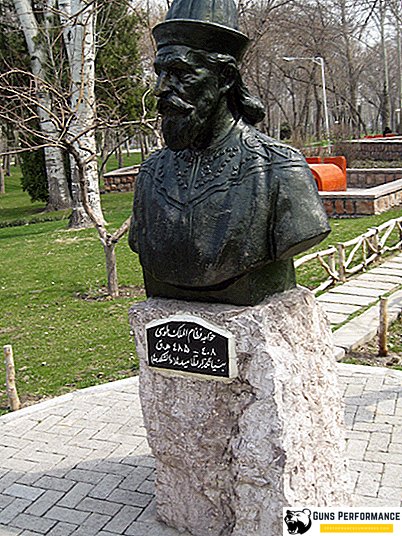
In Alamut and in other controlled territories Sabbah established the most severe orders. Any manifestation of a beautiful life, including rich clothing, exquisite decoration of dwellings, feasts, and hunting, was strictly prohibited. The slightest violations of the ban were punishable by death. Sabbah ordered the execution of one of his sons for trying wine. For some time, Sabbah managed to build something like a socialist state, where everyone was more or less equal, and all the boundaries between different layers of society were erased. Why do we need wealth if it can not be used?
Sabbah, however, was not a primitive limited fanatic. Nizari's agents, on his orders, collected rare manuscripts and books around the world. Frequent guests in Alamut were the best minds of their time: physicians, philosophers, engineers, alchemists. In the castle was the richest library. The assassins managed to create one of the best fortification systems of that time, according to modern specialists, they were several centuries ahead of their era. It was in Alamut Hassan ibn Sabbah that he had thought of the practice of using suicide bombers to destroy his opponents, but this did not happen immediately.
Who are the assassins?
Before proceeding to the further story, you should understand the term "assassin". Where did he go from and what does it really mean? There are several hypotheses on this score.
Most researchers are inclined to believe that "assassin" is a warped version of the Arabic word "hashishya", which can be translated as "using hashish." However, this word has other interpretations.
It should be understood that in the period of the early Middle Ages (as, indeed, today), different directions of Islam did not get along well with each other. Moreover, the confrontation was by no means limited to the use of force, no less intense struggle was waged on the ideological front. Therefore, neither the rulers nor the preachers were not shy in slandering their opponents. The term "Hashishiyah" for Nizarites is first found in the correspondence of Caliph al-Amir, who belonged to another Ismaili movement. Then the same name in relation to the followers of the Old Man from Mountain is found in the writings of several Arab medieval historians.
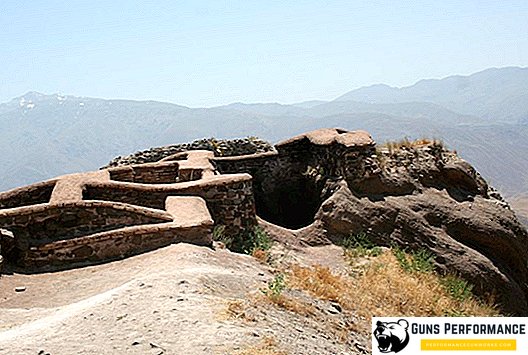
Of course, it can be assumed that al-Amir simply wanted to call his ideological enemies "stupid stubs," but he probably meant something else. Most modern researchers believe that the word "hashishia" at that time had a different meaning, it meant "mob, people of low class." In other words, beggars.
Naturally, neither the assassins, nor the “Hashishiyah” warriors of Hassan ibn Sabbaha called themselves. They were called "fidai" or "fidainy", which literally translated from Arabic means "sacrificing themselves for the sake of ideas or faith." By the way, this term is used in our days.
The practice of eliminating one's political, ideological, or personal opponents is as old as the world; it existed long before the appearance of the fortress of Alamut and its inhabitants. However, in the Middle East, such methods of conducting "international relations" were associated precisely with Nizari. With a relatively small number, the Nizarite community was constantly under tough pressure from not at all peaceful neighbors: the Crusaders, the Ismailis, the Sunnis. The old man from Gory did not have at his disposal a large military force, so he got out as he could.
Hassan ibn Sabbah retired to a better world in 1124. After his death, the Nizarite state lasted another 132 years. The peak of his influence came in the XIII century - the era of Salah ad-Din, Richard the Lion-Heart and the general decline of Christian states in the Holy Land.
In 1250, the Mongols, invading Persia, destroyed the state of the Assassins. In 1256, Alamut fell.
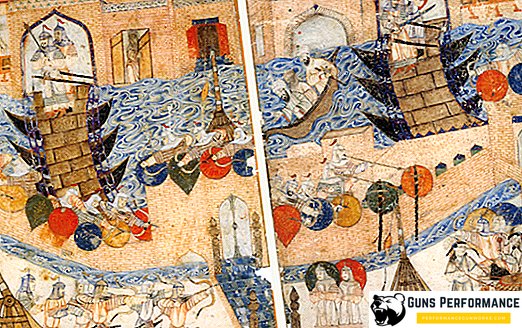
Assassins myths and their exposure
The myth of the selection and preparation. There are many legends regarding the selection and training of future assassin soldiers. It is believed that Sabbah used boys from 12 to 20 years old for his operations, some sources say about children who were taught the art of killing from the young nails. Allegedly, it was not easy to get into the assassins, for this the candidate had to show some kind of patience. Those who wanted to get into the ranks of the elite "mokrushnikov" gathered near the gate of the castle (for days and weeks), and they were not allowed inside for a long time, sifting off thus unsure or faint-hearted. During training, senior comrades staged a fierce hazing of recruits, mocking and humiliating them in every way. In this case, recruits could freely leave the walls of Alamut and return to normal life at any time. Using such methods, the assassins allegedly selected the most persistent and ideological.
The truth is that in none of the historical sources there is any mention of the selection of assassins. Roughly speaking, all of the above is just a later fantasy, and how it was in fact is unknown. Most likely, there was no hard selection at all. Any member of the Nizari community could be sufficiently devoted to Sabbah to be sent to the “case”.
About teaching assassin legends even more. To reach the pinnacle of his art, the assassin, allegedly, had to train for years, to master all kinds of weapons and to be an unsurpassed master of hand-to-hand combat. Also in the list of subjects were included acting skills, the art of reincarnation, making poisons and much more. And, moreover, each member of the sect had its own specialization in the region and had to know the necessary languages, customs of the inhabitants, etc.
No information about the preparation of the assassins also survived, so that all of the above is nothing more than a beautiful legend. Most likely, the Old Man’s fighters from the Mountain more resembled modern Islamic martyrs than the highly trained special forces soldiers. Naturally, they were eager to give their lives for their ideals, but the success of their actions depended more on luck than on professionalism and skill. And why waste time and resources on a one-time fighter, if you can always send a new one. The effectiveness of the assassins is more related to the suicidal tactics they chose.
As a rule, the killings were committed demonstratively, and usually the assassin did not even try to escape. This achieved an even greater psychological effect.
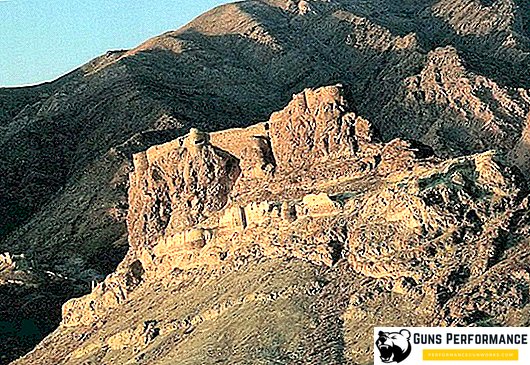
The myth of hashish. Most likely, the idea that assassins practiced the frequent use of hashish is associated with an incorrect interpretation of the word "hashishya". Named so their opponents, opponents of the Assassins wanted to emphasize their low origin, and not addiction to drugs. The people of the Middle East were well aware of hashish and its destructive effects on the human body and mind. For Muslims, a drug addict is a goner.
And given the strictness of morals that prevailed in Alamut, it is difficult to assume that there is someone who has seriously abused psychoactive substances. Here it can be recalled that for drinking wine Sabbah executed his own son, one can hardly imagine such a person as the head of a huge drug addiction den.
And what a fighter from a drug addict? The responsibility for creating such a myth lies partly with Marco Polo. But this is the next myth.
The myth of the Garden of Eden. This story was first described by Marco Polo. He really traveled around Asia and probably met with the Nizari. According to the famous Venetian, before performing the assignment, the assassins were put to sleep and transferred to a special place, which very much resembled the Garden of Eden as it is described in the Quran. It was full of wine, fruit, the warrior was seduced by seductive gurias. After awakening, the warrior only thought about how to be in the palace again, but for this to happen he had to fulfill the will of the Elder. The Italian claimed that before this action a person was drugged, however, in his work the Italian did not specify which ones.
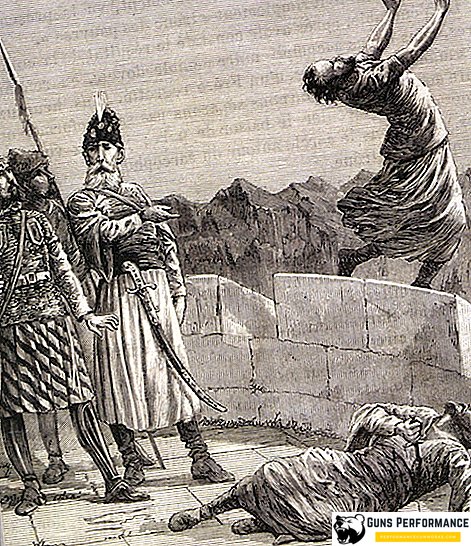
The fact is that Alamut (like the other Nizari castles) were too small to create such an illusion, and no trace of such premises was found. Most likely, this legend was invented to explain the devotion that the followers of Sabbah showed to their leader. In order to understand it, it is not necessary to invent gardens and hourias, the clue is in the very doctrine of Islam, and especially in its Shi'a interpretation. For Shiites, an imam is a messenger of God, a man who will intercede for him during the Last Judgment and will give a pass to Paradise. After all, modern martyrs are prepared without any drugs, and ISIS and other radical groups use them on an industrial scale.
The origins of the legend
The beginning of the legend of the assassins gave the Crusaders, who returned after unsuccessful Crusades to Europe. Mention of the terrible Muslim murderers can be found in the works of Burkhard of Strasbourg, Bishop of Akra Jacques de Vitry, the German historian Arnold of Lübeck. The texts of the latter can be the first to read about the use of hashish.
It should be understood that the Europeans in many respects received information about Nizari from their worst ideological enemies, the Sunnis, from whom it is difficult to expect objectivity.
After the end of the Crusades, the contacts of Europeans with the Muslim world practically ceased, and it was time for fantasies about the mysterious and magical East, where anything could be.
Decently added fuel to the fire the most famous medieval traveler Marco Polo. However, in comparison with modern leaders of mass culture, he is just a child, honest and sincere. Most of the current fantasies on assassins with reality are not connected in any way.
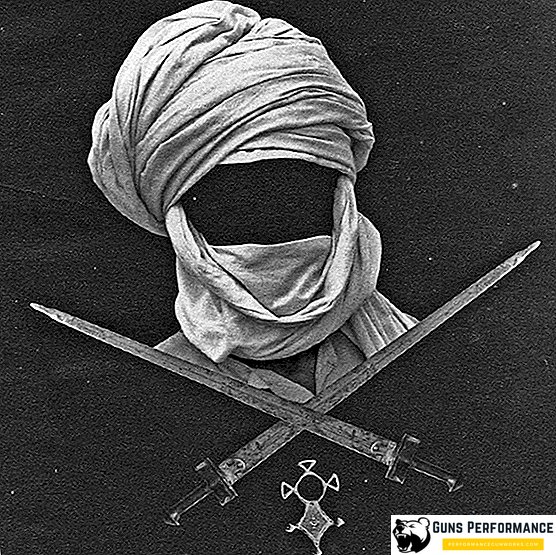
Results
By the way, another myth about the assassins is the idea of their omnipresence. In fact, they acted mainly in their own region, so they were hardly feared in China or Germany. And the reason is very simple: in these countries they simply did not guess about the existence of such an organization. But in the Middle East they knew very well about the Nizari sect.
During the existence of Alamut one hundred and eighteen fidains, seventy-three people were killed. There are three caliphs, six viziers, several dozens of regional leaders and spiritual leaders, who, one way or another, crossed the road to Sabbah. The famous Iranian scholar Abu al-Makhasin was killed by the Nizarites, who particularly actively criticized them. Among the famous Europeans who fell at the hands of the Assassins are the Marquis Conrad of Montferrat and the King of Jerusalem. On the legendary Saladin, the Nizari made a real hunt: after three attempts, the famous commander decided to leave Alamut alone.












